
Environment
Mental health in a changing climate

All of the systems on our planet are interconnected. The One Health approach brings together human, animal and environmental health experts to tackle some of our biggest issues
Published 2 June 2020
The COVID-19 pandemic probably began with a single transmission of virus from an animal to a human.
The tragic consequences highlight the relationship between public, animal and environmental health.
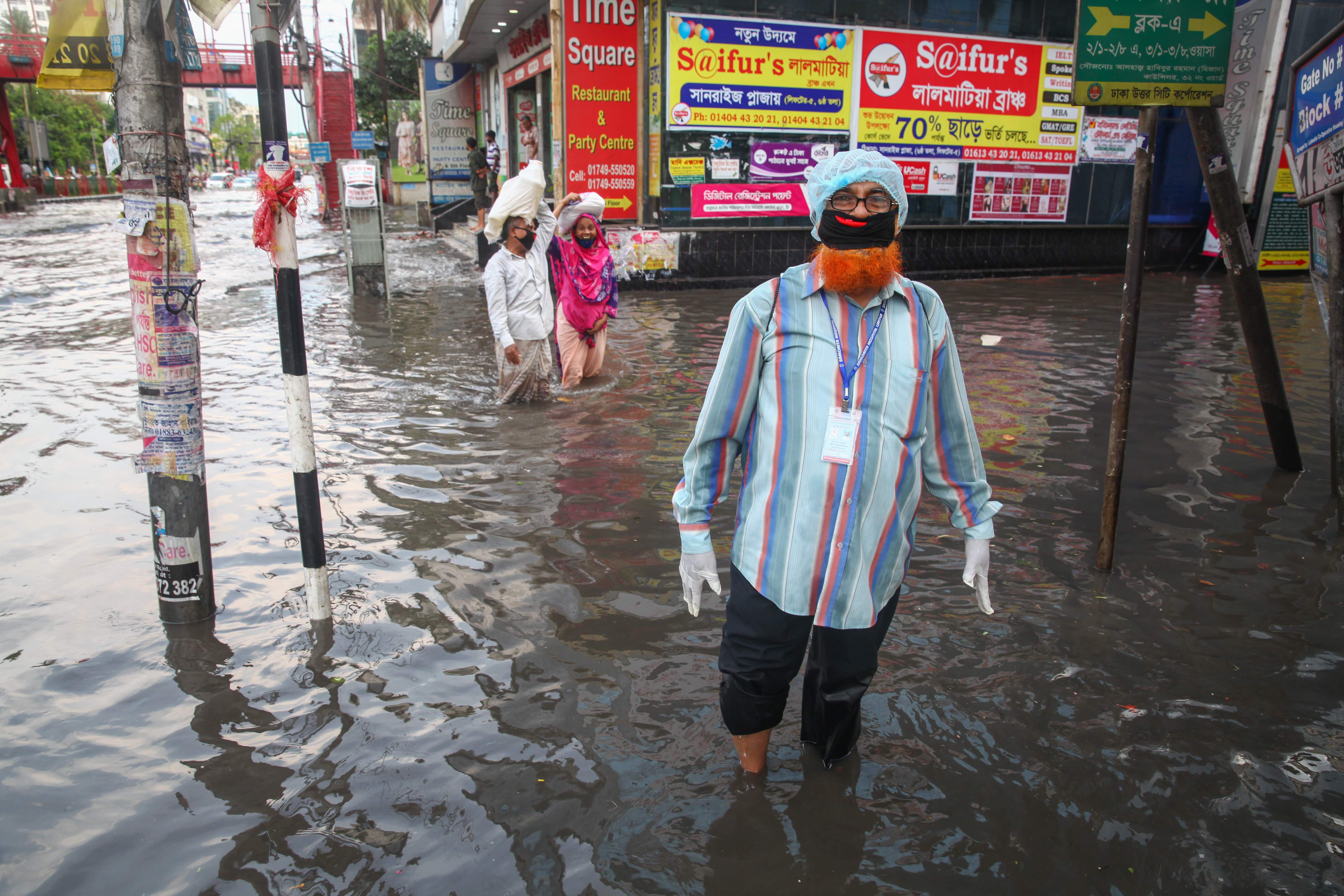
There are many ways in which these areas are interconnected, from the overuse of antibiotics on farm animals leaving us more vulnerable to superbugs, to climate change giving diseases new opportunities to spread or the need to maintain balanced and viable ecosystems to protect our health.
“A One Health approach is where people in human, animal and environmental health sectors are working together to find solutions that optimise the health of all sectors,” says Dr Trish Campbell, Research Fellow at the University of Melbourne and Doherty Institute for Infection and Immunity.

Environment
Mental health in a changing climate
“It can be the sharing of data and knowledge or sharing of resources,” she says.
A current example of One Health is veterinary epidemiologists studying animal diseases who are working with the Department of Health to support the COVID-19 response.
For some time, there has been an increased focus on One Health approaches to public health.
Outbreaks like severe acute respiratory syndrome (SARS) in 2003, Middle East respiratory syndrome (MERS) in 2012 and recurring outbreaks of Ebola, as well as epidemics of influenza and concerns for food safety, have led to greater cross-disciplinary collaboration.
SARS and MERS, like COVID-19, are zoonotic diseases – infectious diseases transmitted from animals to humans. Both originated in bats, with SARS passing from civet cats to humans, and MERS from camels to humans.
It’s currently thought that COVID-19 also originated in bats and passed to humans through another animal, but it is not yet known which animal served as the intermediary.
In a recent interview, Professor Kanta Subbarao, Director of the WHO Collaborating Centre for Reference and Research on Influenza at the Doherty Institute, said: “There is an enormous reservoir of pathogens in animal hosts, and if we take away their habitats and live in much closer proximity, that’s a problem.”

Health & Medicine
Don’t blame the pangolin (or any other animal) for COVID-19
With emerging infectious diseases on the rise and over 60 per cent originating in animals, a One Health approach is important to prevent and respond to future outbreaks.
Dr Campbell’s research involves modelling and analysing infectious diseases to understand what is likely to happen if control measures like vaccinations are introduced.
This requires examination of potential spread caused by the interaction of human, animal and environmental factors.
“I’m trying to capture the underlying mechanisms that spread disease, and these can come from any of the three sectors. We don’t need to build all into every model, but some diseases require a One Health approach,” says Dr Campbell.
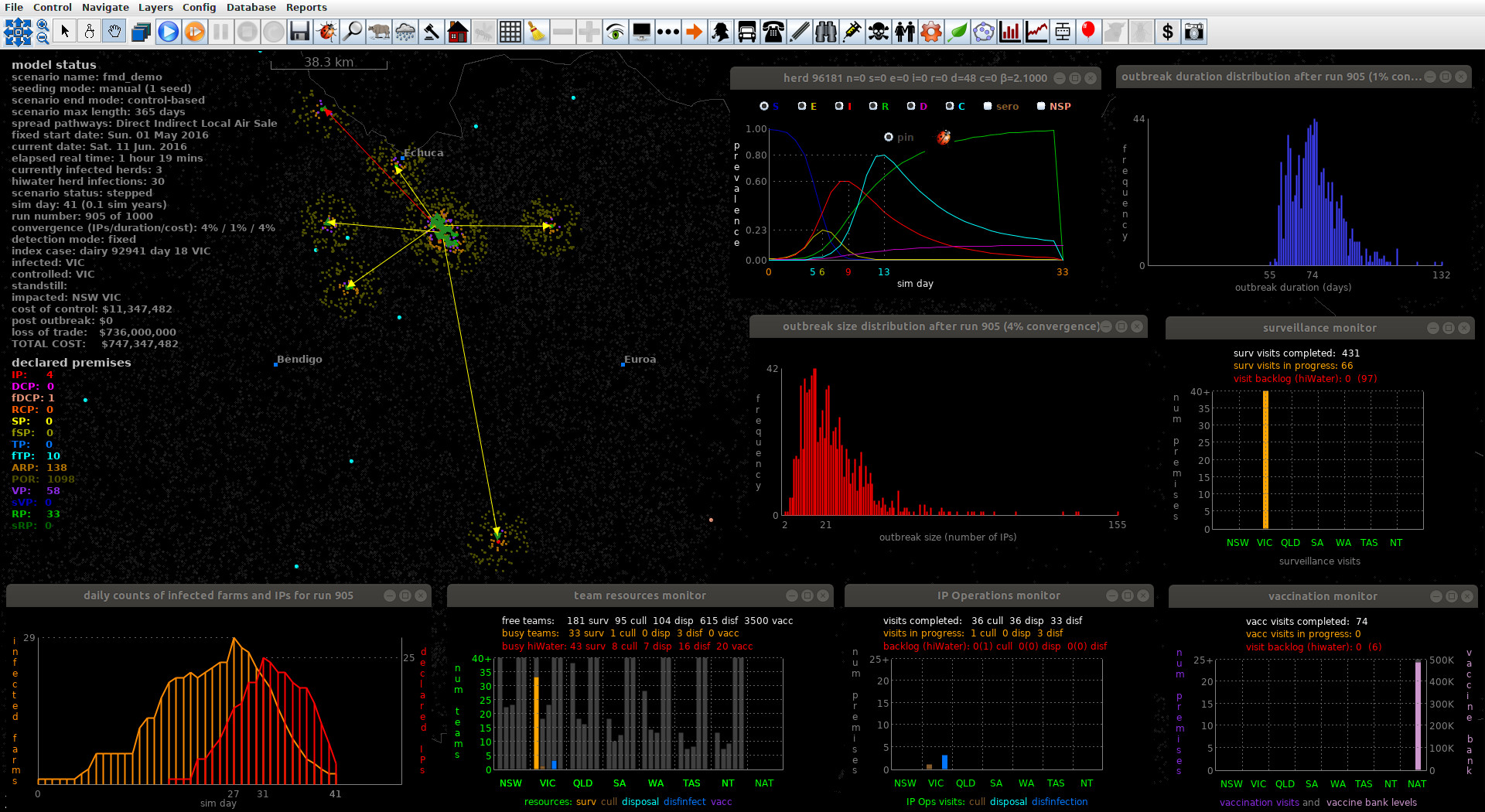
Dr Richard Bradhurst, a Research Fellow at the Centre of Excellence for Biosecurity Risk Analysis, develops epidemiological models to address the spread and control of disease in livestock.
The centrepiece of his work is the Australian Animal Disease Spread model (AADIS), developed with the Department of Agriculture, Water and the Environment.
AADIS has been used to study foot-and-mouth disease, invasive environmental pests and insect vector-borne viruses and is being adapted for African swine fever.
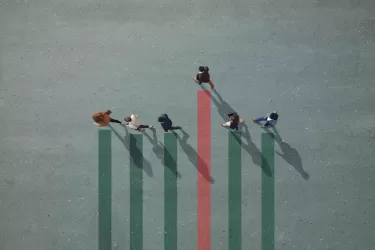
Health & Medicine
The dynamics of disease
“The epidemiological interface between animals and humans is complex and sometimes unpredictable, and this can be challenging for scientists and policy makers,” says Dr Bradhurst.
“While my focus is animal health, the AADIS model switches from simulating disease in livestock to disease in humans to environmental pests by changing the underlying data and configuration files.”
Many diseases are spread from animals to humans by bloodsucking insects like flies, mosquitoes and ticks. This accounts for over 17 per cent of all infectious diseases in humans, causing over 700 000 deaths annually.
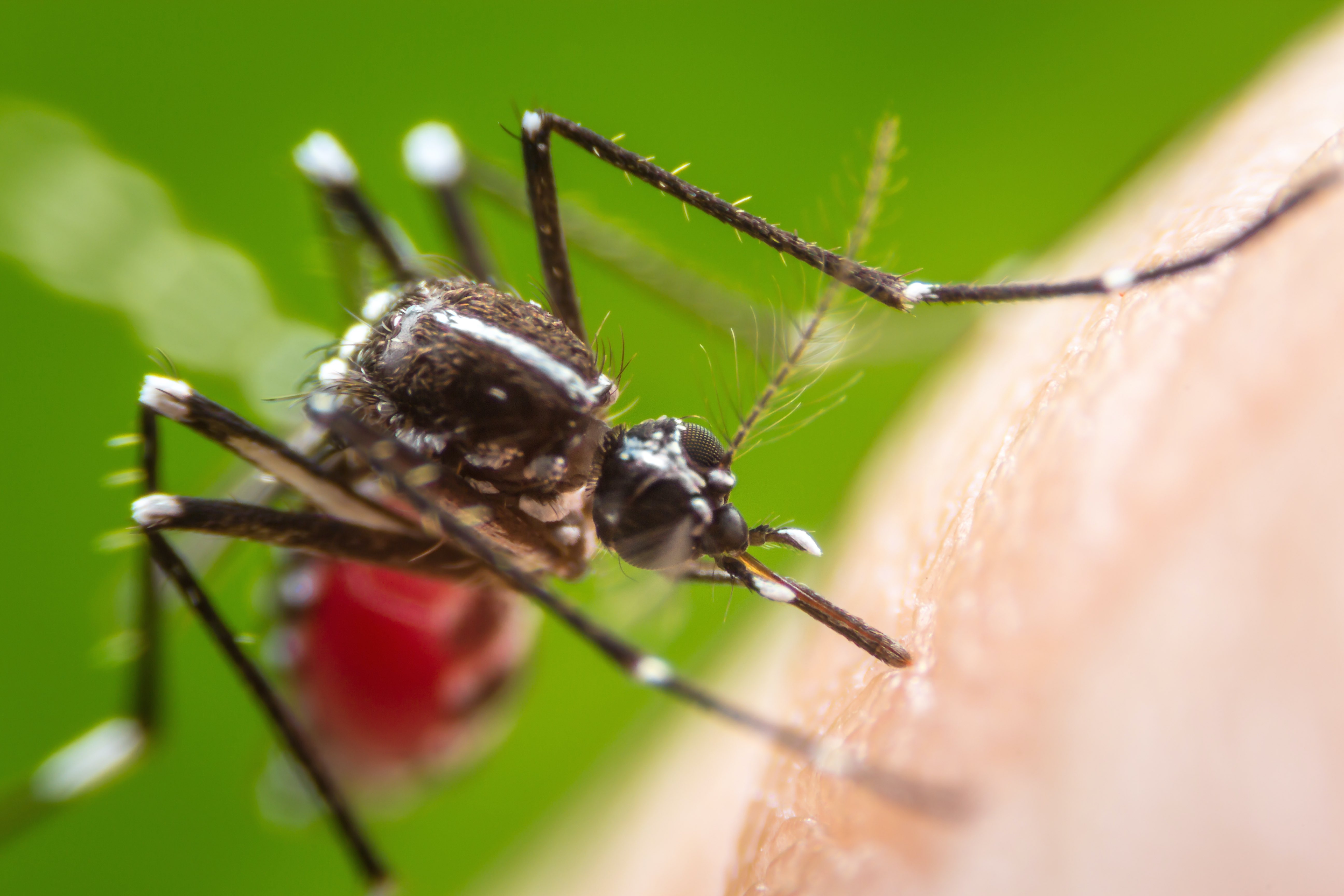
Professor John Fazakerley, Dean of the Faculty of Veterinary and Agricultural Sciences and Professor of Virology at the Doherty Institute, researches infectious diseases transmitted by mosquitoes and ticks.
“When we have heavy rains, which we’re going to have more frequently as adverse weather events increase with our changing climate, we will have more floods and higher mosquito populations,” says Professor Fazakerley.
“Large mosquito populations in South Eastern Australia generally result in increased cases of Ross River fever, because mosquitoes spread the virus from kangaroos and wallabies.”

Health & Medicine
Immunity to COVID-19: Lessons from malaria
This shows how environmental changes can contribute to disease spread.
“Another thing that is promoting the transfer of infectious diseases is the loss of habitat. This forces animals to move into different ecological niches which may move infectious diseases around between animals and between animals and humans,” says Professor Fazakerley.
“Climate change and forestry clearance for agriculture are causes of that, but humans are also encroaching on animals’ territories because cities are ever-expanding.”
Another important factor is globalisation and the resulting increase in trade.
The spread of the Asian tiger mosquito (Aedes albopictus), has contributed to the transmission of diseases from animals to humans, including dengue fever and chikungunya.
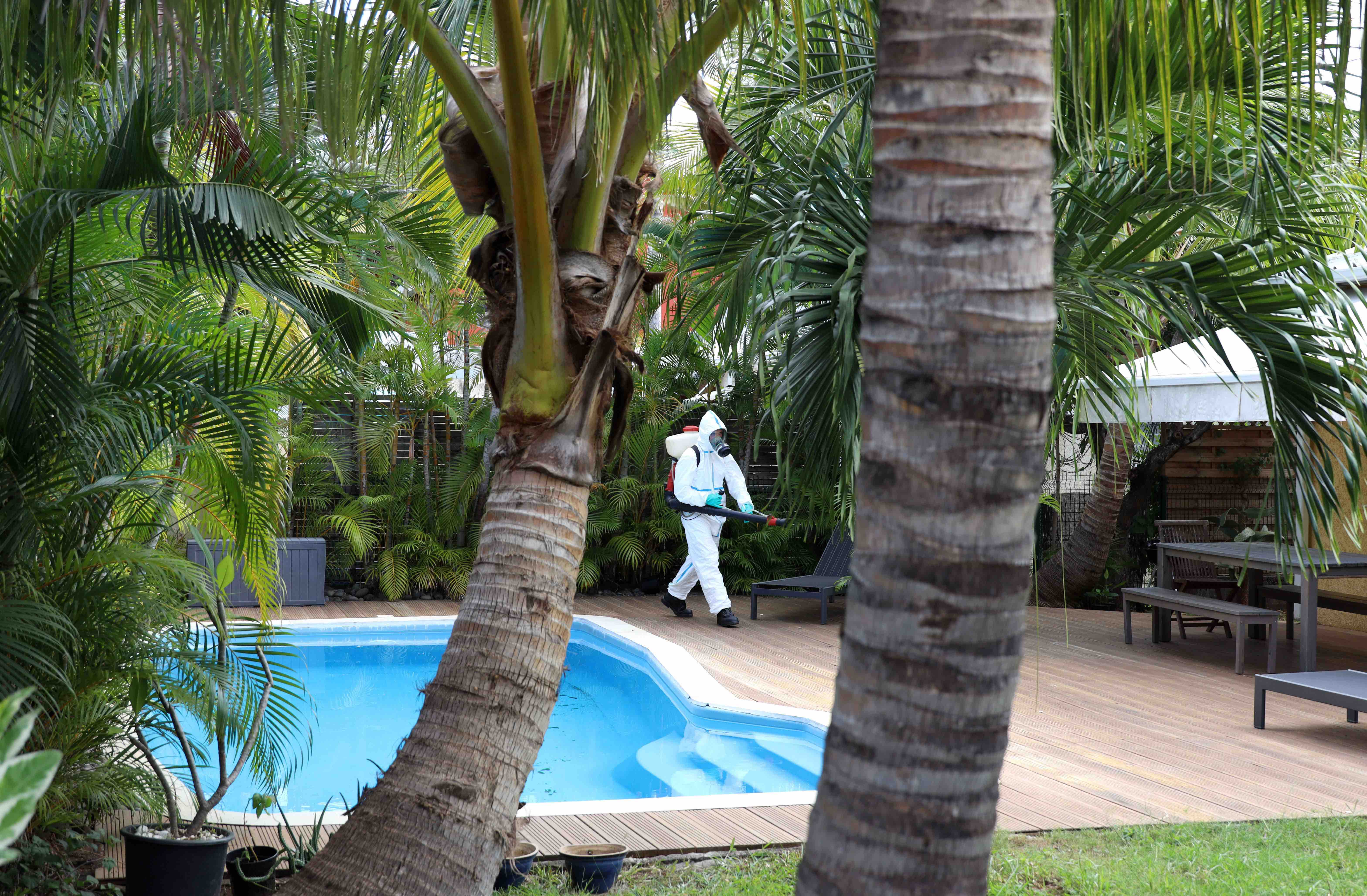
“The mosquito vectors of these diseases have been spread by mosquito eggs laid in lucky bamboo plants or used tyres that are moved around the world,” says Professor Fazakerley.
“There are clear implications for human health if zoonotic and vector-borne diseases are misunderstood as a result of not adopting a One Health approach,” says Dr Bradhurst.
“There may be even greater consequences if scientists and policymakers do not have a holistic outlook that takes into account human, animal and plant health, and the environment.”

Health & Medicine
The COVID-19 treatment trials that ‘learn as they go’
“We’d be well advised to understand these diseases, what the ecosystem drivers of their emergence or re-emergence are, where they are most likely to come from, how they are transmitted and how they can be prevented,” says Professor Fazakerley.
“The more that I learn in this field, the more I realise that all of the systems on our planet are interconnected and we don’t necessarily understand how all those links work,” says Dr Campbell.
“If we don’t take an interdisciplinary approach, we might meet the aims of one sector at the expense of another, and that can in turn end up being harmful to all.”
Professor Fazakerley is developing a One Health strategy with a broad, cross-discipline approach, and Dr Campbell has been involved in the co-creation of two undergraduate breadth subjects called ‘Our Planet, Our Health’.
“Guest lecturers talk about topics including mosquitoes, poultry systems, dairy farming, multi-species care and Indigenous knowledge,” says Dr Campbell.
“We’ve taken a One Health approach to educating the next generation.”
Banner: Getty Images